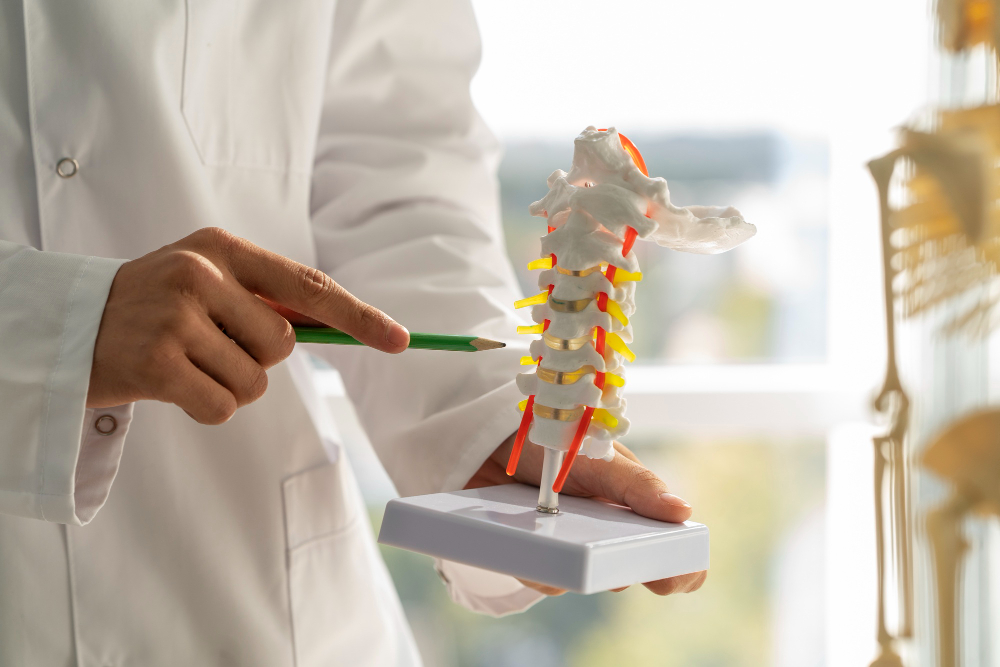Understanding Lumbar Discs for a Better Back Health

Lumbar discs - we all have them, but how much do we really know about them? These small, cushion-like structures located between the vertebrae in our lower back play a crucial role in our overall spine health and mobility. Unfortunately, due to various factors, lumbar discs can become damaged, leading to a host of uncomfortable and even painful symptoms. In this blog post, we'll explore what lumbar discs are, how they work, and some interesting facts to help you better understand this important part of your anatomy.
First and foremost, let's define what lumbar discs are. As mentioned earlier, these discs are small, round structures that sit between the vertebrae in our lower back. In total, there are five lumbar vertebrae (L1 through L5), each of which is separated by a lumbar disc. These discs provide cushioning and shock absorption to our spine, allowing us to move, bend, and twist without damaging the delicate nerves and bones within our back.
Now that we know what lumbar discs are, let's take a closer look at how they work. Each disc is composed of two parts: the inner nucleus pulposus and the outer annulus fibrosus. The nucleus pulposus is a jelly-like substance that provides the disc its cushioning properties, while the annulus fibrosus is a tougher outer layer that helps keep the nucleus contained within the disc. Together, these two parts work to prevent the vertebrae in our spine from grinding against each other and causing damage.
Unfortunately, lumbar discs can become damaged over time due to various factors, such as wear-and-tear, poor posture, weight gain, and even genetics. When a lumbar disc is damaged, it can bulge or herniate, which means the nucleus pulposus is pushing against the annulus fibrosus and putting pressure on nearby nerves. This can lead to a variety of symptoms, including pain, tingling sensations, muscle weakness, and more.
However, it's not all bad news! There are ways to help prevent lumbar disc damage and promote good spine health. For example, maintaining good posture, stretching regularly, and staying active can all help keep your lumbar discs healthy and functioning properly. Additionally, if you're experiencing lumbar disc-related symptoms, visiting a chiropractor can help provide relief and promote natural healing.
Finally, here are some interesting facts about lumbar discs that you may not have known:
- The lumbar discs are the largest in the spine, as they have to bear the most weight.
- A bulging lumbar disc can cause sciatica, which is a type of nerve pain that runs down the legs.
- Lumbar disc damage is more common in people over the age of 50.
- In rare cases, a lumbar disc can rupture and leak its nucleus pulposus into the spinal canal, which can lead to spinal stenosis (a narrowing of the spinal canal).
Conclusion
In conclusion, understanding lumbar discs is an important part of maintaining good back health. By learning about what they are, how they work, and how to prevent damage, you can take steps to keep your back pain-free and mobile. If you're experiencing lumbar disc-related symptoms or considering chiropratic adjustment in Winter Park, FL, don't hesitate to reach out to Lions Chiropractic & Injury for expert care and natural healing.